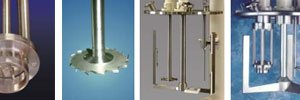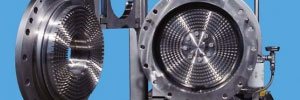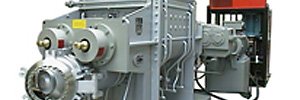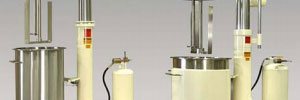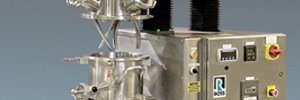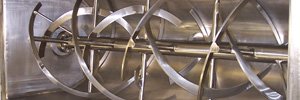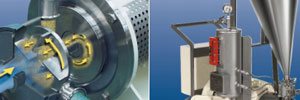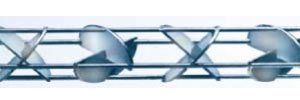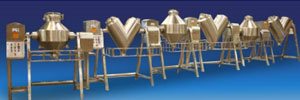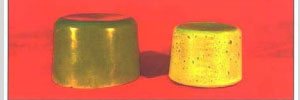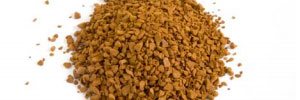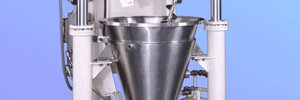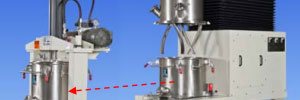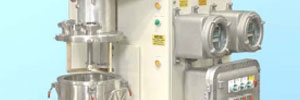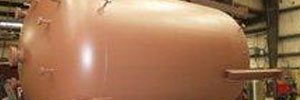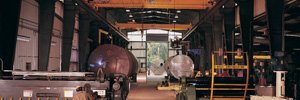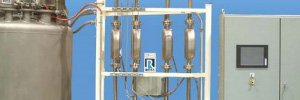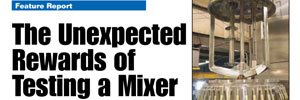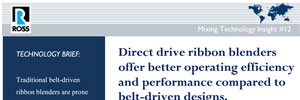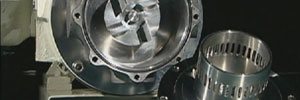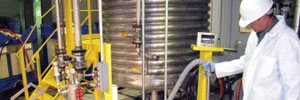Mixing Technology Insights
Mixing Technology Insights offer a brief look into ROSS' products, process expertise and market strengths. The reports delve into how the equipment can be used to improve your process and to add to your bottom line. ROSS strives to provide its customers with up to date information covering new technology in the industrial mixing and blending industry.
Select a specific product, process or market to view a list of related Insights:
Select Product
Select Process
Select Industry
- Recommended Mixing Equipment for Feeds & Fertilizers
Animal feeds and fertilizers require blending of different granules, prills or powders and sometimes spraying of a liquid component such as a vitamin slurry, oil, active ingredient solution or other minor additive. - Recommended Mixing Equipment for Nutraceuticals
Nutraceuticals are supplied in many forms including tablets, capsules, drink mixes and powders - Guard against product migration in your Ribbon Blender.
This bulletin presents some tips for efficiently containing powders in a Ribbon Blender to ensure operator safety, prevent cross-contamination and promote easier clean-up. - Scale-up of Ribbon Blenders
This bulletin presents some basic guidelines for proper scale-up of Ribbon Blender processes. - Design considerations for
tumble blenders
This bulletin discusses some factors to consider when selecting and specifying tumble blenders. - Ribbon blender do’s and don’ts
This bulletin presents some ribbon blending tips to ensure long service life and produce consistent high quality blends. - Ribbon blenders are ideal for coating and mixing processes.
Solid-solid mixing sometimes involves powders that need to be uniformly coated with smaller particles of a different component. The ingredient that is coated onto the bulk material is typically a very small percentage of the batch, thus requiring thorough and uniform blending. Ribbon blenders are proven to be highly effective for these coating and mixing operations. - Blending abrasive solids
Solid blends containing abrasive particles may be processed in a ribbon blender, vertical cone screw blender or tumble blender. The advantages and disadvantages of these blender designs are discussed in this bulletin, as well as some strategies for combating abrasive wear. - Vertical blender/dryers deliver high drying rates with negligible risk of product attrition.
Vertical blender/dryers designed for vacuum operation offer a better alternative to non-agitated dryers such as ovens and tray dryers, delivering significantly higher drying rates per unit heating area. Vertical blender/dryers can also handle a variety of feed forms including slurries and pastes which other types of agitated dryers cannot accommodate. Finally, the gentle mixing action supplied by a vertical blender/dryer minimizes product attrition which is a concern in some applications. - Direct drive ribbon blenders offer better operating efficiency and performance compared to belt-driven designs.
Traditional belt-driven ribbon blenders are prone to slippage and suffer from subsequent losses in efficiency and production. Direct drive ribbon blenders equipped with gearmotors are more reliable, delivering better performance and requiring less maintenance. Because gearmotors are designed to work well with inverters, users benefit from electronic speed control, soft-start capabilities and overload protection. - Electronic variable speed promotes processing flexibility in dry blenders.
Variable frequency drives enable ‘soft start’ of ribbon blenders, an essential feature that protects the system against a spike in start-up torque. The ability to moderate energy input during the blending cycle to accommodate a variety of ingredients and recipes is another key benefit of variable speed. Finally, ribbon blenders equipped with variable frequency drives also deliver greater flexibility and speed in the discharge process.

